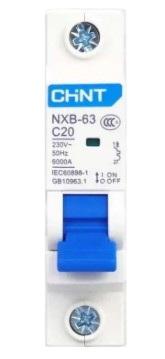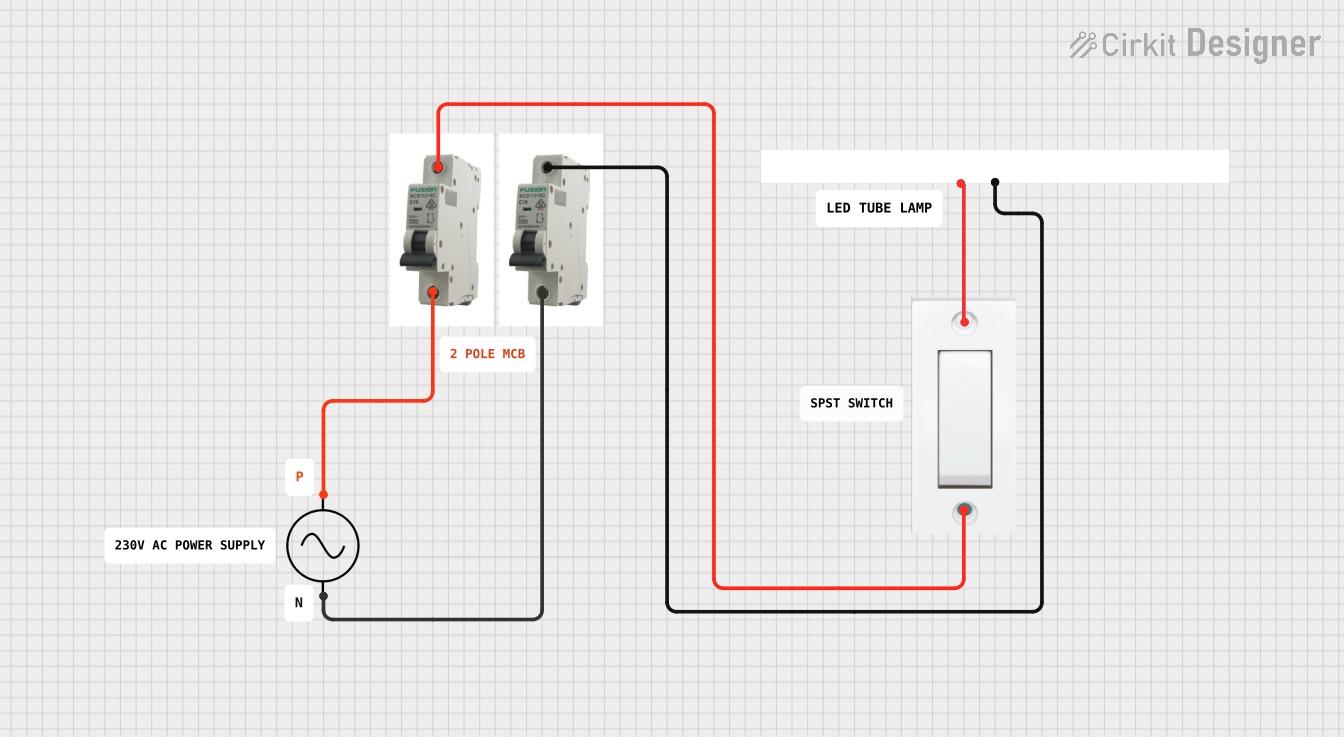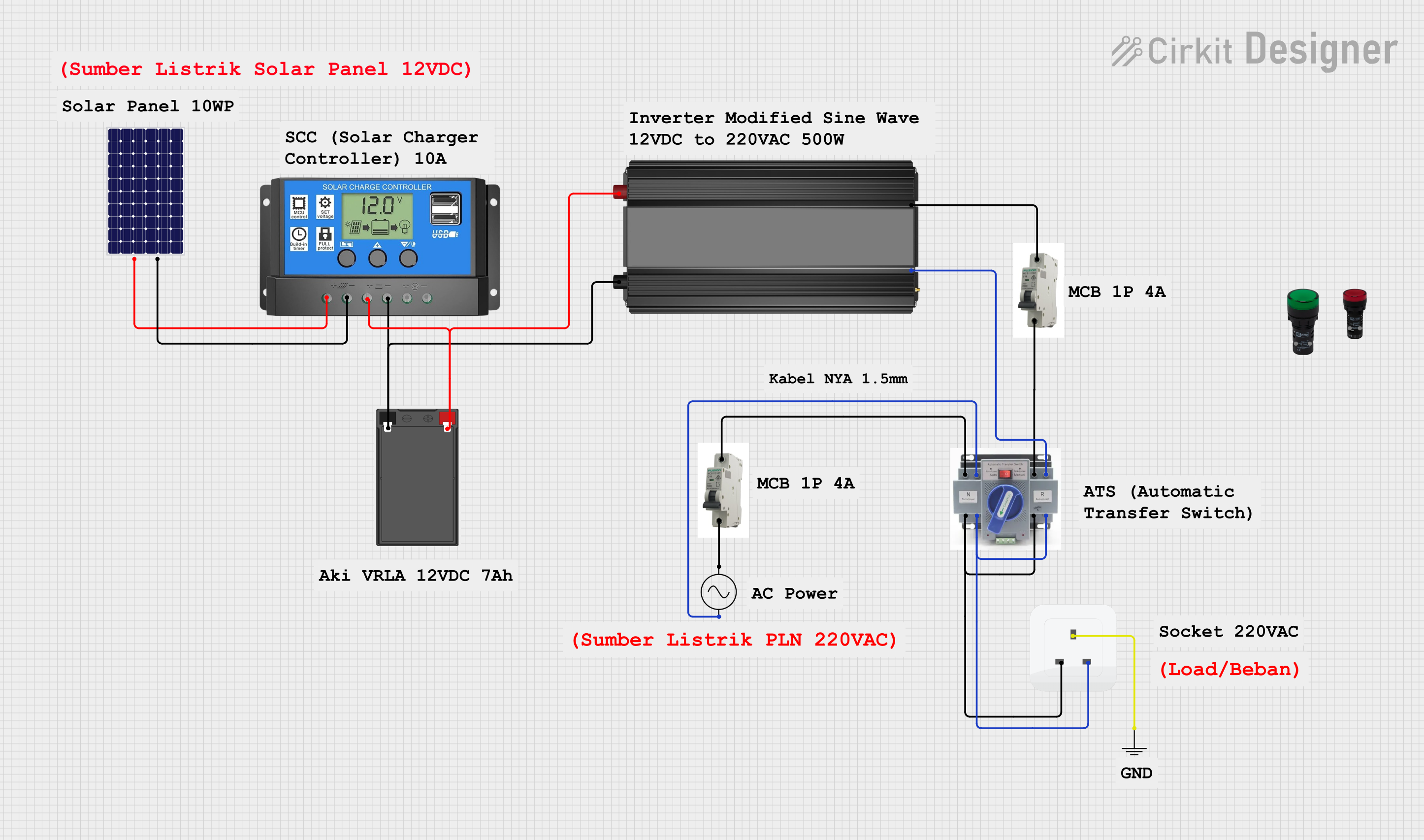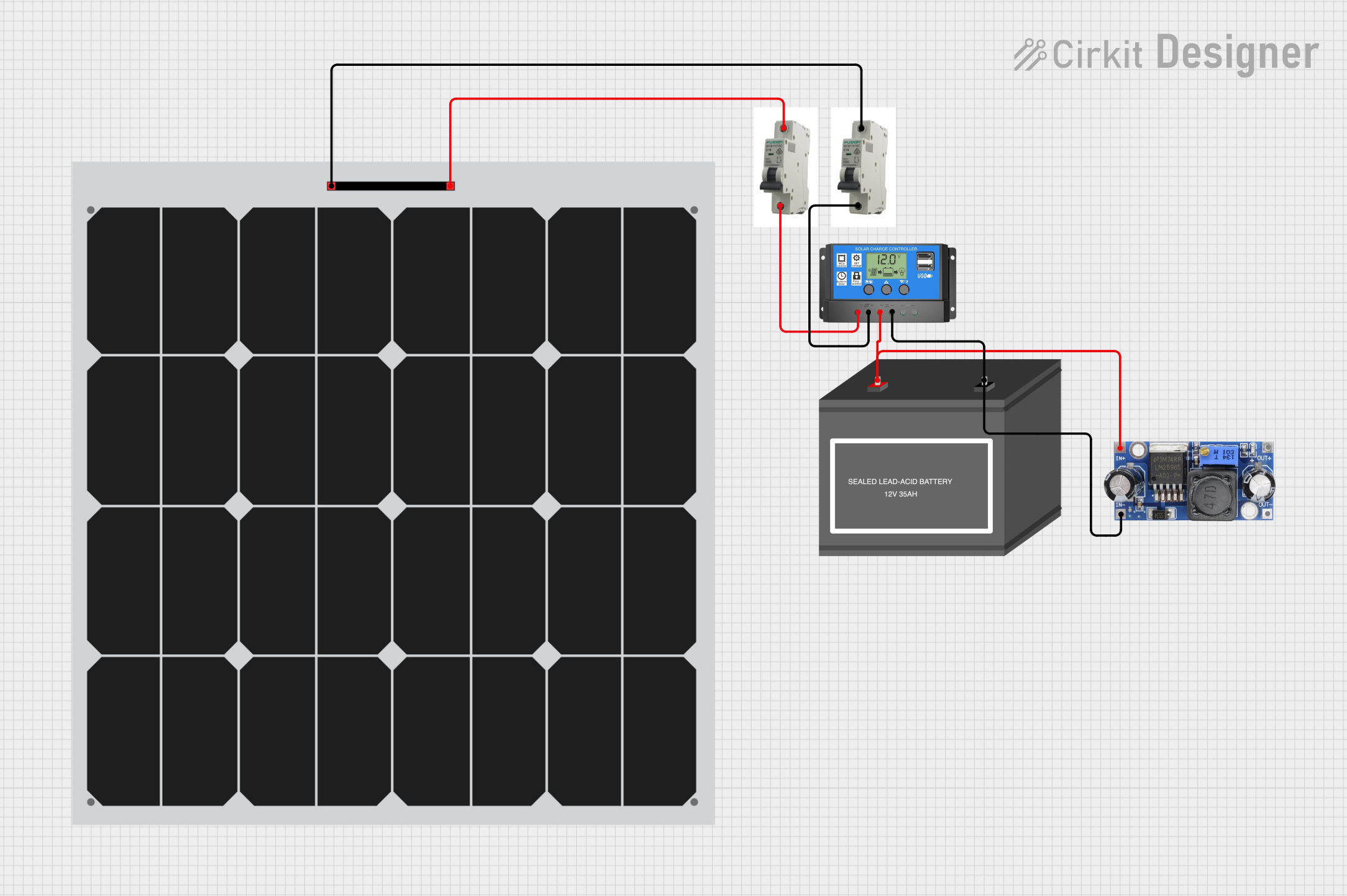
How to Use MCB 1 Phase: Examples, Pinouts, and Specs

 Design with MCB 1 Phase in Cirkit Designer
Design with MCB 1 Phase in Cirkit DesignerIntroduction
A Miniature Circuit Breaker (MCB) is an essential safety device designed to protect electrical circuits from damage caused by overcurrent or short circuits. The MCB 1 Phase is specifically designed for single-phase circuits, commonly used in residential, commercial, and industrial applications. It automatically disconnects the circuit when excessive current flows, preventing potential hazards such as overheating, fire, or equipment damage.
Explore Projects Built with MCB 1 Phase

 Open Project in Cirkit Designer
Open Project in Cirkit Designer
 Open Project in Cirkit Designer
Open Project in Cirkit Designer
 Open Project in Cirkit Designer
Open Project in Cirkit Designer
 Open Project in Cirkit Designer
Open Project in Cirkit DesignerExplore Projects Built with MCB 1 Phase

 Open Project in Cirkit Designer
Open Project in Cirkit Designer
 Open Project in Cirkit Designer
Open Project in Cirkit Designer
 Open Project in Cirkit Designer
Open Project in Cirkit Designer
 Open Project in Cirkit Designer
Open Project in Cirkit DesignerCommon Applications and Use Cases
- Residential electrical systems for lighting and power outlets
- Industrial machinery with single-phase power requirements
- Commercial buildings for protecting individual circuits
- Protection of sensitive equipment from overcurrent damage
Technical Specifications
The MCB 1 Phase is available in various current ratings to suit different applications. Below are the general technical specifications:
| Parameter | Specification |
|---|---|
| Rated Voltage | 230V AC |
| Rated Current | 6A, 10A, 16A, 20A, 32A, 40A |
| Breaking Capacity | 6kA |
| Frequency | 50/60 Hz |
| Number of Poles | 1 (Single Phase) |
| Tripping Curve | B, C, or D (depending on model) |
| Operating Temperature | -5°C to +55°C |
| Mounting Type | DIN Rail (35mm standard) |
| Housing Material | Flame-retardant thermoplastic |
| Compliance Standards | IEC 60898-1, IS/IEC 60947-2 |
Pin Configuration and Descriptions
The MCB 1 Phase has two primary connection points:
| Pin | Description |
|---|---|
| Line In | Connects to the incoming live wire (L) |
| Load Out | Connects to the outgoing live wire (L) |
Note: The neutral wire (N) is not connected to the MCB. Ensure proper wiring to avoid malfunction.
Usage Instructions
How to Use the MCB 1 Phase in a Circuit
- Turn Off Power: Before installation, ensure the main power supply is turned off to avoid electrical shock.
- Mounting: Securely mount the MCB onto a standard 35mm DIN rail in the distribution box.
- Wiring:
- Connect the incoming live wire (L) to the "Line In" terminal of the MCB.
- Connect the outgoing live wire (L) to the "Load Out" terminal of the MCB.
- Ensure all connections are tight and secure to prevent loose contacts.
- Power On: Turn on the main power supply and switch the MCB to the "ON" position.
- Testing: Test the MCB by simulating an overcurrent condition (if safe to do so) to ensure it trips correctly.
Important Considerations and Best Practices
- Select the Correct Rating: Choose an MCB with a current rating suitable for the circuit's load to avoid nuisance tripping or insufficient protection.
- Avoid Overloading: Do not connect loads exceeding the MCB's rated current.
- Regular Maintenance: Periodically inspect the MCB for signs of wear, damage, or loose connections.
- Proper Installation: Ensure the MCB is installed in a well-ventilated and dry environment to prevent overheating or moisture damage.
Example: Connecting MCB to an Arduino UNO
While MCBs are not directly connected to microcontrollers like Arduino, they can be used to protect circuits powered by an Arduino. For example, if you are powering a motor or high-current device controlled by an Arduino, an MCB can be installed in the power supply line to protect the circuit.
// Example Arduino code to control a motor with overcurrent protection
// Note: The MCB is installed in the power supply line, not directly connected to Arduino.
const int motorPin = 9; // Pin connected to motor driver input
void setup() {
pinMode(motorPin, OUTPUT); // Set motor pin as output
}
void loop() {
digitalWrite(motorPin, HIGH); // Turn on the motor
delay(5000); // Run motor for 5 seconds
digitalWrite(motorPin, LOW); // Turn off the motor
delay(2000); // Wait for 2 seconds before restarting
}
// Ensure the MCB is rated for the motor's current to provide proper protection.
Troubleshooting and FAQs
Common Issues and Solutions
| Issue | Possible Cause | Solution |
|---|---|---|
| MCB trips frequently | Overloaded circuit | Reduce the load or use a higher-rated MCB |
| MCB does not trip during overcurrent | Faulty MCB or incorrect wiring | Replace the MCB or check wiring |
| MCB feels hot during operation | Loose connections or high ambient temperature | Tighten connections or improve ventilation |
| MCB does not switch on | Internal fault or incorrect installation | Inspect the MCB and reinstall if needed |
FAQs
Can I use an MCB 1 Phase for a three-phase circuit?
No, the MCB 1 Phase is designed for single-phase circuits only. Use a three-phase MCB for three-phase systems.What is the difference between B, C, and D tripping curves?
- B Curve: Trips at 3-5 times the rated current, suitable for residential use.
- C Curve: Trips at 5-10 times the rated current, ideal for commercial and industrial applications.
- D Curve: Trips at 10-20 times the rated current, used for high inrush current devices like motors.
How do I know if my MCB is faulty?
If the MCB does not trip during an overcurrent condition or cannot be switched on, it may be faulty and should be replaced.
By following this documentation, you can safely and effectively use the MCB 1 Phase to protect your electrical circuits.